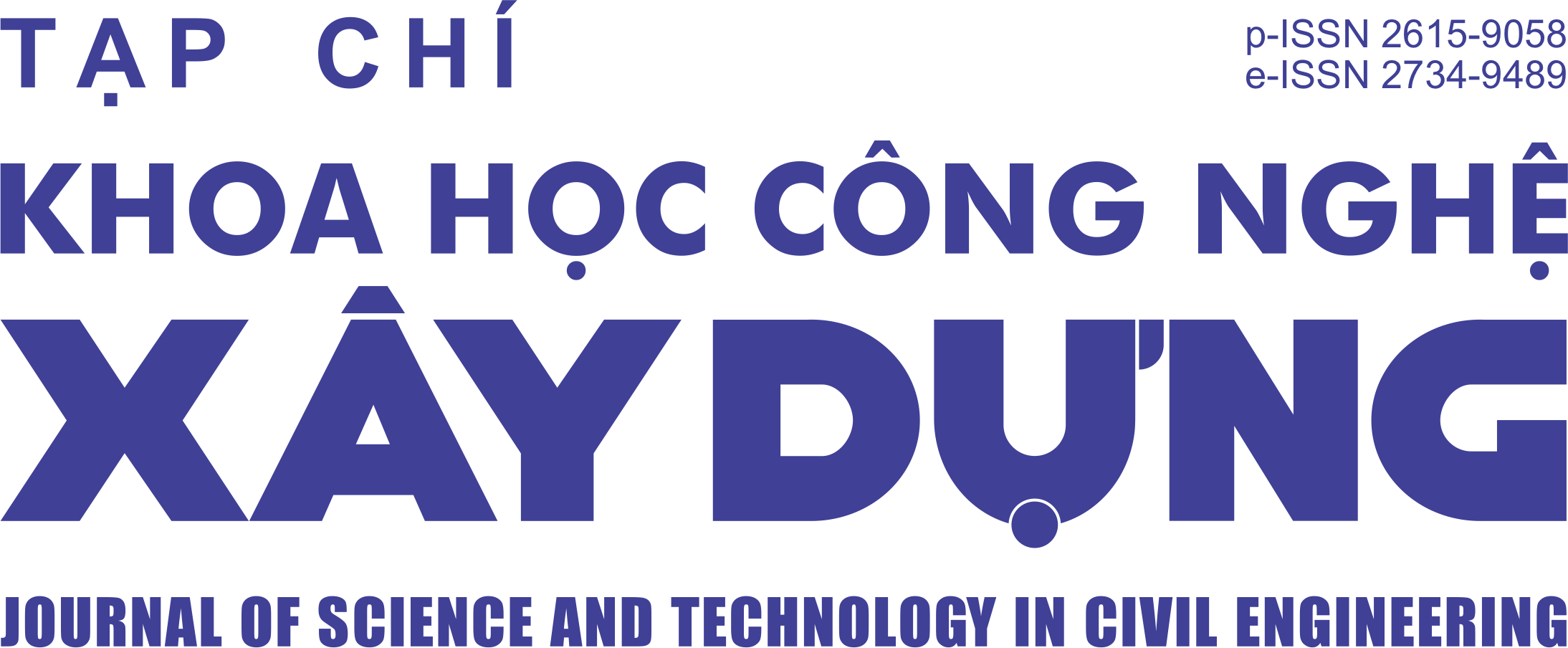Investigation of Rayleigh wave interaction with surface defects
Abstract
The current article is concerned with the interaction of Rayleigh waves with surface defects of arbitrary shape in a homogeneous, isotropic, linearly elastic half-space. Using a linear superposition principle, the interaction generates a scattered field which is equivalent to the field radiated from a distribution of horizontal and vertical tractions on the surface of the defect. These tractions are equal in magnitude but opposite in sign to the corresponding tractions obtained from the incident wave. The scattered field is then computed as the superposition of the displacements radiated from the tractions at every point of the defect surface using the reciprocity theorem approach. The far-field vertical displacements are compared with calculations obtained by the boundary element method (BEM) for circular, rectangular, triangular and arbitrary-shaped defects. Comparisons between the theoretical and BEM results, which are graphically displayed, are in excellent agreement. It is also discussed the limitations of the proposed approximate theory.
Keywords:
half-space; Rayleigh wave; surface defect; reciprocity theorem; boundary element method (BEM).
Downloads
Copyright (c) 2019 National University of Civil Engineering

This work is licensed under a Creative Commons Attribution-NonCommercial-NoDerivatives 4.0 International License.
1. The Author assigns all copyright in and to the article (the Work) to the Journal of Science and Technology in Civil Engineering (JSTCE) – Hanoi University of Civil Engineering (HUCE), including the right to publish, republish, transmit, sell and distribute the Work in whole or in part in electronic and print editions of the Journal, in all media of expression now known or later developed.
2. By this assignment of copyright to the JSTCE, reproduction, posting, transmission, distribution or other use of the Work in whole or in part in any medium by the Author requires a full citation to the Journal, suitable in form and content as follows: title of article, authors’ names, journal title, volume, issue, year, copyright owner as specified in the Journal, DOI number. Links to the final article published on the website of the Journal are encouraged.
3. The Author and the company/employer agree that any and all copies of the final published version of the Work or any part thereof distributed or posted by them in print or electronic format as permitted herein will include the notice of copyright as stipulated in the Journal and a full citation to the Journal as published on the website.







